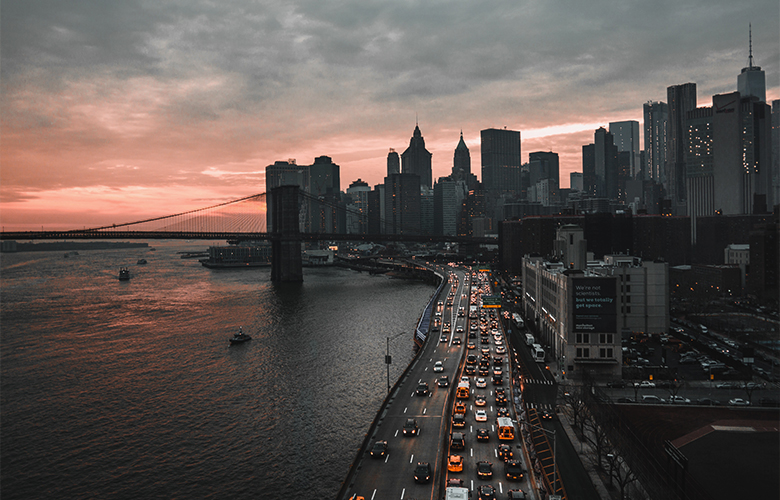
With President Biden’s declaration that all American adults 18 and over will be eligible for the vaccine as of May 1, we see the shore coming into view with indoor group activities and public gatherings in sight. As of March 15, in-person catered events can resume at 50 percent capacity or 150 people. As of March 19, indoor dining outside the city can resume at 75 percent and in the city at 35 percent. Television and film sets rebooted over the summer. The airline industry never even shut down. And yet, over a year into the COVID-19 pandemic, all of Broadway and nearly all of Off-Broadway remains dark.
The shutdown has devastated the industry. Aside from the party line “first to close, last to come back,” professionals and the public have heard little about what’s going on behind the scenes to actually bring theater back.
Though daily news keeps Broadway and theater in the headlines, little has been said about what is actually going on. Artists have been waiting for more than a year to hear from leaders, but their waiting has been in vain — until now.
Countless articles cite the decimation of jobs and an entire $878 billion national economic ecosystem and a $110 billion one in New York City. Headlines tout record-high unemployment rates and chronicle the overwhelming despair from the unmooring of a vibrant industry. While this is the brutal reality, the shutdown also offers the opportunity to rethink and rebuild.
“I’ve never seen a moment like this, where people are willing to just take a beat and listen, because there’s nothing they could do right in front of them,” says Damian Bazadona, President and founder of Situation Interactive, a digital marketing firm for Broadway and live events. “That, to me, is just a gigantic moment.” But that moment is fleeting.
As murmurs of a fall re-opening for select productions circulate, there remains much to accomplish — foundations that can only be laid during this closure — to ensure the safe and strong return of New York theater to better than it was before. This is the story of what has been done and what should be done before the lights turn back on.
Reopening Broadway Strives for Inclusion and Diversity
My Favourite Spots: New York West Village – Chelsea Area


Ruthie Fierberg is an arts journalist based in New York City and creator and host of the podcast Why We Theater. As the former Executive Editor of Features and Branded Content at Playbill, Ruthie spent five years creating innovative and engaging content through in-depth written, multimedia, and video pieces focused on the arts. She also created and hosted Playbill's Live From the Red Carpet specials from all of Broadway's opening nights and the annual Tony Awards. A graduate of Barnard College, she has written for such national publications as Good Housekeeping, Parents, American Baby, Parents Latina, and Backstage magazines and continues to write freelance today. Ruthie has moderated panels for the 92Y, the JCC of Manhattan, Disney Theatrical Productions, BroadwayCon 2016–2021, the annual American Performing Arts Professionals Conference and continues to lendher skills to 92Y, Second Stage Theatre Company, and more. She has appeared on NPR, SiriusXM Volume radio, and a number of podcasts as a guest expert. A lover of theatre, tennis, and Bikram yoga, Ruthie is also involved with such causes as Covenant House International and The Actors Fund. Find more at ruthiefierberg.com and her podcast on Instagram and Twitter @whywetheater.
Read Full Profile© 2021 TheatreArtLife. All rights reserved.
Notifications